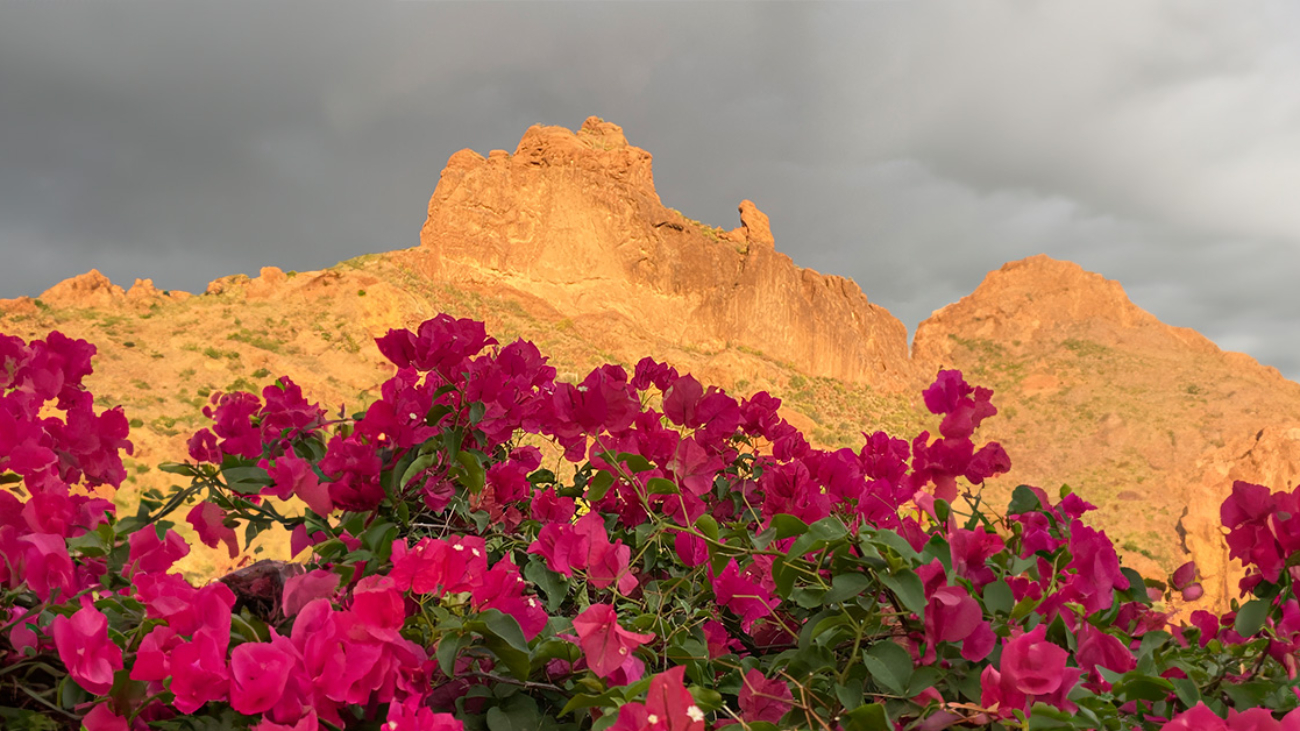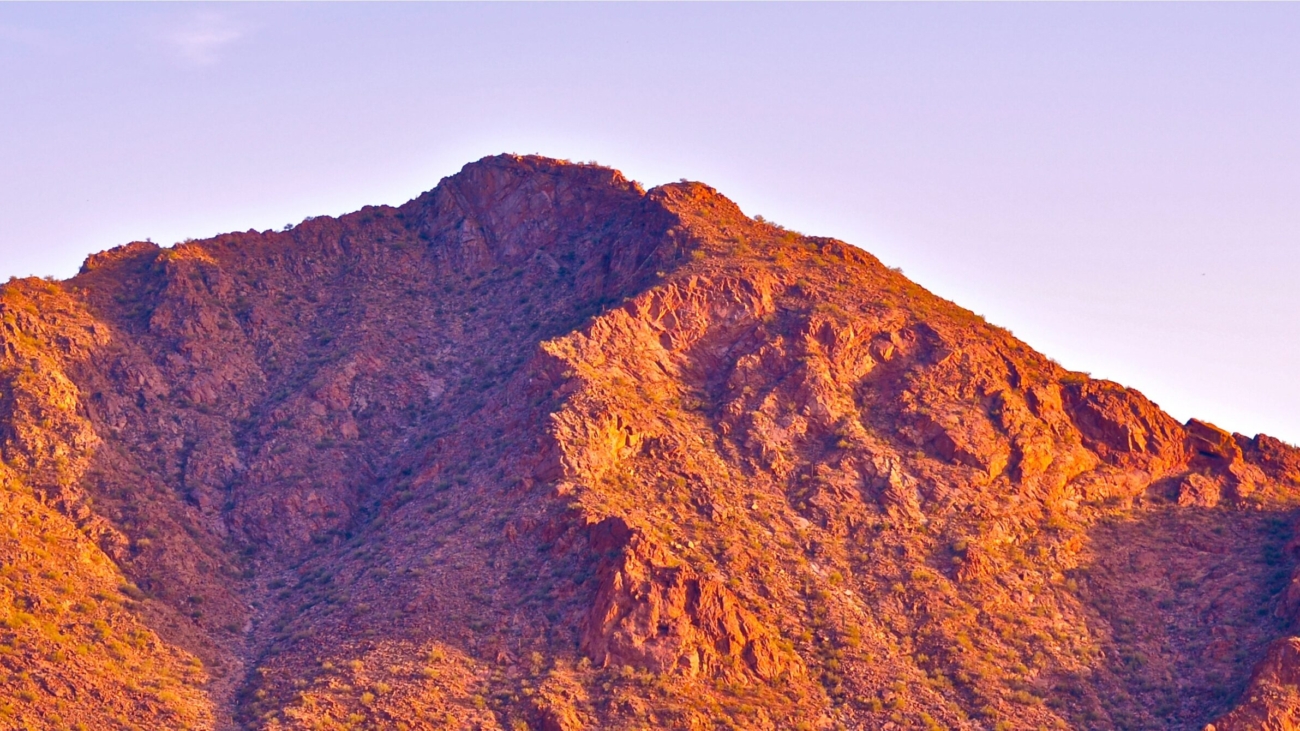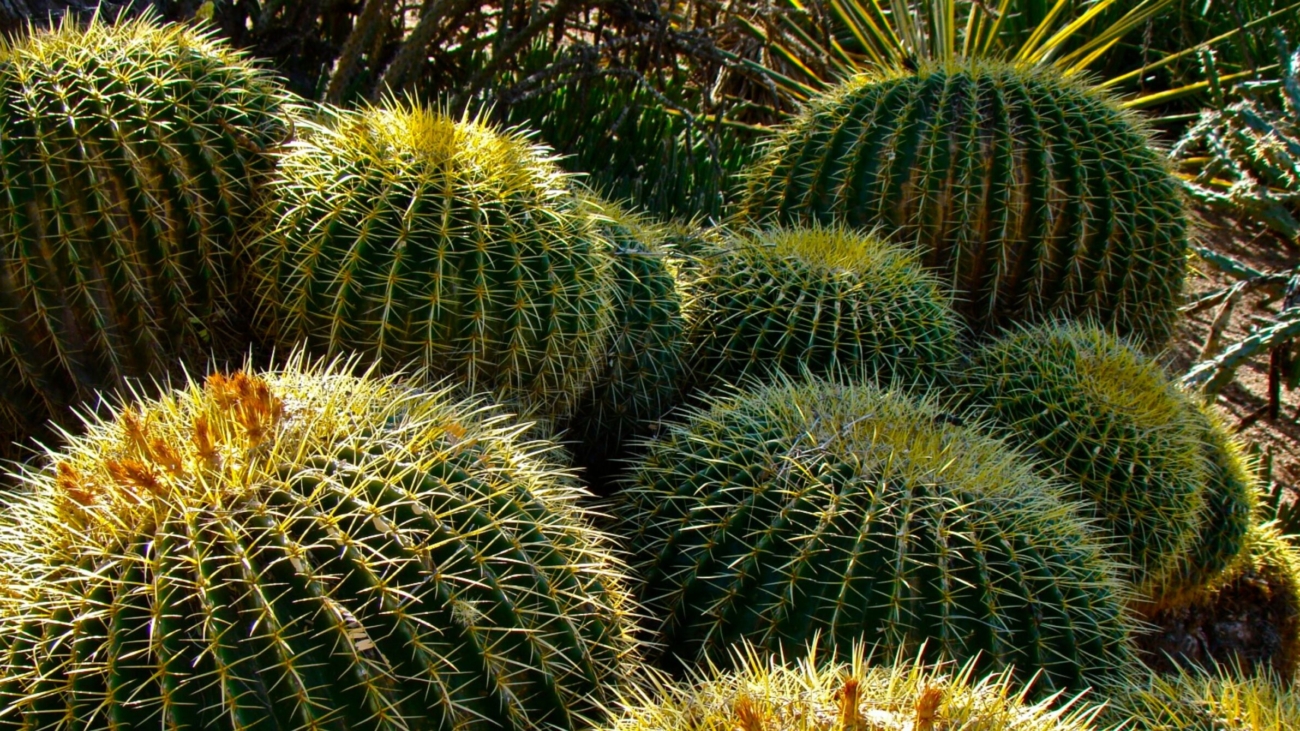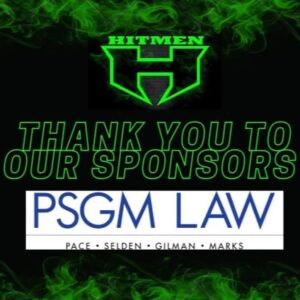Julie Pace and Heidi Nunn-Gilman
On July 24, 2025, DOL announced the relaunch or update of several voluntary self-audit and compliance programs in the Wage and Hour Division, Employee Benefit Security Administration, OSHA, MSHA, the Office of Labor-Management Standards and the Veterans’ Employment and Training Administration. According to DOL, the purposes of the self-audits are to “build a culture of compliance and trust” and “enhance worker protections while reducing the likelihood of a formal investigation.” While many of these programs have existed for years, DOL has updated some requirements and started a campaign to encourage employers to use these programs.
I. RELAUNCH OF THE PAYROLL AUDIT INDEPENDENT DETERMINATION (PAID) PROGRAM BY WAGE AND HOUR DIVISION.
The PAID program, originally started by the first Trump Administration in 2018, allows employers to conduct a self-audit, report to DOL any back wages due, and work with DOL to resolve the minimum wage or overtime violations that the employer discovered during the self-audit and pay any back wages due. By conducting the audit and self-reporting violations, employers have the DOL stamp of approval on the back wage payments and can avoid litigation or civil monetary penalties and liquidated damages on amounts due.
Under the PAID program, employers are required to review certain compliance materials from DOL and obtain a certification before conducting the audit, then conduct an audit of the previous two years wage and hour practices. Upon completion of the audit, the employer reports to DOL its back wage calculations, amounts due, supporting evidence, and methodology of calculations. After DOL reviews the submission and makes a final determination, DOL submits a summary of unpaid wages and settlement documents to the employer. The employer thereafter has 15 days to pay the unpaid wages and submit proof of payment to DOL.
The Wage and Hour Division has also expanded PAID to cover certain Family and Medical Leave Act violations that the employer discovers and self-reports.
More information on the PAID program is available at https://www.dol.gov/agencies/whd/paid
II. OSHA VOLUNTARY PROTECTION PROGRAMS.
The DOL Occupational Safety and Health Administration Voluntary Protection Program (VPP), which started in 1982, recognizes employers and workers in private industry and federal agencies who implement effective safety programs and have injury and illness rates lower than the national average for their industry. The VPP involves employees, the employer and OSHA working together to establish systems to prevent fatalities and injuries through hazard identification and prevention, worksite analysis, and training.
Employers in the VPP are exempt from OSHA programmed inspections as long as they maintain VPP status. Employers must submit a written application to OSHA and undergo an onsite evaluation before OSHA will admit them to the program. Of course any violations found during the OSHA onsite evaluation program must be corrected, or employers who opt not to complete going through the VPP program could risk willful citations if those violations continue. Union employers must obtain the consent and participation of the union for program participation. VPP status is reevaluated every 3-5 years, and OSHA issued a revised VPP Policies and Procedures in 2020.
More information on the OSHA VPP is available at https://www.osha.gov/vpp/ In the half of the states with OSHA-approved state safety programs (which apply except to property remaining under federal jurisdiction, e.g. military bases and Native American lands), the VPP program is administered by the state OSHA programs, such as those in Arizona, California, North Carolina, Oregon, Washington, and many other states where we have experience in defending employers.
III. EMPLOYEE BENEFITS SECURITY ADMINISTRATION (EBSA) PROGRAMS.
The EBSA has long had two self-correction programs for ERISA plans. The Voluntary Fiduciary Correction Program (“VFCP), allows employers and plan fiduciaries to correct violations of ERISA, such as delinquent participant contributions or prohibited transactions, with lower penalties than would be imposed if the government audited and identified a problem. The program, started in 2002, was update in 2025 to add new a self-correction tool for specific transactions that is supposed to be easier to use. More information on the VFCP is available at https://www.dol.gov/agencies/ebsa/employers-and-advisers/plan-administration-and-compliance/correction-programs/vfcp
The Delinquent Filer Voluntary Compliance (“DFVC”) Program allows plans that failed to timely file the Form 5500 to file late and pay lower penalties. More information on the DFVC is available at https://www.dol.gov/agencies/ebsa/employers-and-advisers/plan-administration-and-compliance/correction-programs/dfvcp
IV. “SALUTE’ PROGRAM TO PROMOTE USERRA COMPLIANCE.
Since 2015, the DOL Veterans’ Employment and Training Service has maintained a technical assistance program called SALUTE – Support and Assistance for Leaders in USERRA Training and Employment – to help employers address USERRA issues. The program provides quick, informal guidance on how USERRA applies in specific circumstances. Before VETS will provide information, the employer requesting assistance must certify that they are not involved in a USERRA investigation and are not seeking an opinion for use in a lawsuit. More information is available at https://www.dol.gov/agencies/vets/programs/userra/salute
V. MSHA COMPLIANCE SAFETY AND HEALTH (CASH) PROGRAM.
Started in 2018, the Compliance Assistance in Safety and Health (CASH) Program focuses on helping new mine operators and new miners (less than one year experience) ensure safe operations. It provides compliance assistance, training resources, and comprehensive materials regarding key safety and health topics for mining operations. The updated CASH Program website explains that the new focus on CASH is part of “MSHA’s proactive response to the anticipated surge in U.S. domestic mining productivity, driven by the national demand for critical minerals as outlined in Executive Order 14154, “Unleashing American Energy,” an Executive Order signed by President Trump on his first day in office.
VI. CONSULTATION AND ASSISTANCE REGARDING THESE COMPLIANCE PROGRAMS.
The current focus on self-audit and reporting provides employers with the opportunity to make corrections in their wage and hour, safety, and benefits programs and pay fines or penalties that are less than what would be imposed if the government were to conduct an audit and find violations. For assistance with wage and hour compliance, OSHA Safety, ERISA compliance, or conducting an internal audit of your company’s wage and hour, safety, or benefits practices, or for other questions on employment law, OSHA, immigration compliance, or Forms I-9 contact Julie Pace at jpace@psgmlaw.com or 602.858.8799 or Heidi Nunn-Gilman at hgilman@psgmlaw.com or 602.851.8797.









